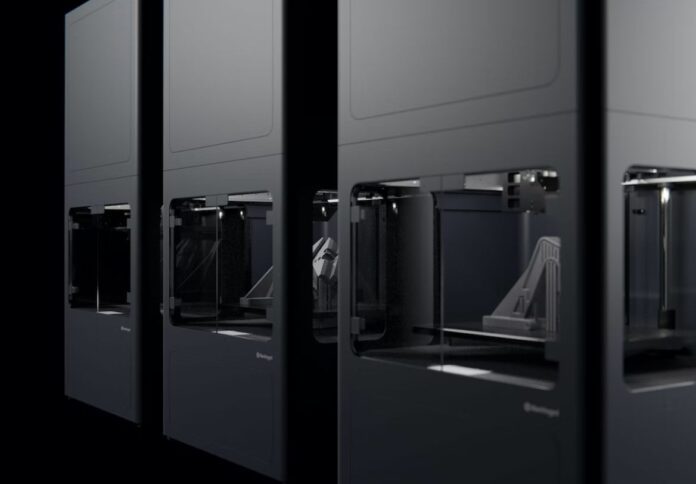
In an article released by Konica Minolta, the company identified the three primary reasons why industries are turning to 3D printing: reduced lead time, reduced costs and reduced transportation.
According to the tech giant, Australian businesses must implement strategies to manage their own supply chain risk and adequately invest in new technologies that streamline the manufacturing process in order to have significant cost savings benefits.
Konica said it already partnered with 3D printing technology company 3D Systems and additive manufacturing specialist Markforged to bring industrial-grade large-format printers to deliver accuracy, reliability, and repeatability.
Meanwhile, Konica highlighted that future supply chain difficulties will require a precise strategy, forcing organisations to increase their flexibility and strike a balance between cost and supply security in order to meet customer demands quickly.
As the 3D printing manufacturing process allows for just-in-time (JIT) inventory to increase efficiency, cut costs, and decrease waste, Konica also explained how 3D printing can help manufacturing firms customise their product and operations.
According to Konica, a way to customise products is by using computer-aided design (CAD) software and transferring the files to a 3D printer for production.
“Empowering internal teams with in-house 3D printing technology significantly lowers the cost per print compared to outsourcing and bypasses the time-consuming task needed to produce parts,” the company said.
Additive manufacturing can also make entire value chains more agile by reducing production duration and cutting out overseas transport, Konica added.




















